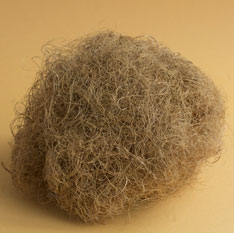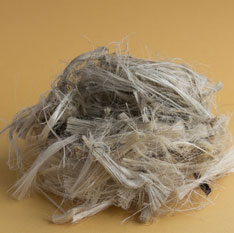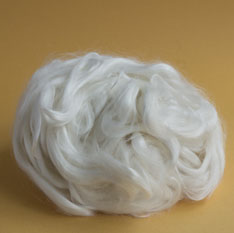



Vegetable fiber obtained from hemp stalks; it has great mechanical strength and good thermal and acoustic insulating properties.
Obtained from the vegetable fibers that surround the seed pod of the cotton plant. This fiber has great flexibility and mechanical strength. It is extensively used also because of its absorption capacity and its non-allergenic properties.
Organic cotton is obtained from plants grown consistent with practices that respect the environment. It is produced according to organic agriculture norms and it is guaranteed not to contain OGM’s, chemical fertilizers or pesticides. It is grown utilizing natural composts that also allow lower water consumption.
Vegetable fiber obtained from the stalks of two herbaceous plants of the Sjparrmanniaceae family cultivated in tropical regions. Its strength, insulating properties and low cost make this fiber to be often utilized in the horticultural industry.
Jute-like vegetable fiber. Its short growth cycle makes this plant an excellent renewable resource; its characteristics make it a raw material of great interest for its utilization in composite materials as a replacement for synthetic fibers.
Vegetable fiber obtained from the flax plant. It is principally produced in France). Its many qualities are well known: mechanically very strong, has antiallergenic and antibacterial properties; it is thermal insulating thus allowing the regulation of body temperature. Its ecological qualities make it a material of interest in the substitution of fiberglass in new industrial applications.
A vegetable fiber obtained from the stalks of a plant of the nettle family. Its fibers, noted for their length and toughness, their resistance to rotting and bright appearance have made the ramie fibers to be known as vegetable silk. Ramie fibers are often mixed with other shorter fibers to which it brings its unique qualities.
Vegetable fibers obtained from one of the members of the Mexican agave plant family. This thick and solid fiber is traditionally used in the fabrication of ropes and matting. Today, it finds new applications in the fabrication of composite materials.